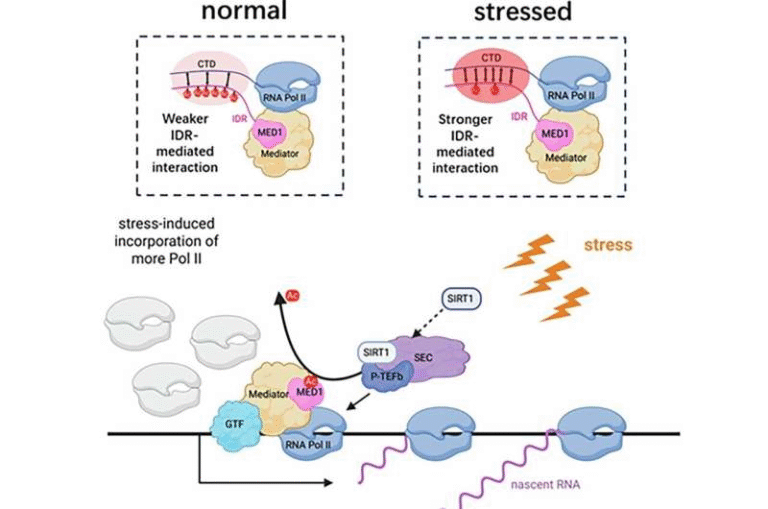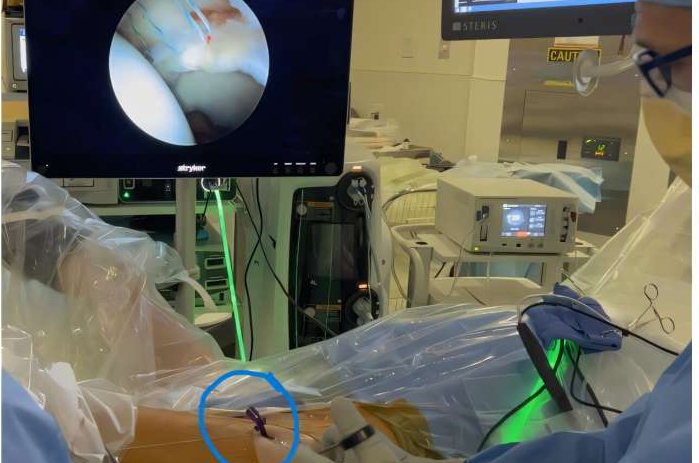Could Humans Benefit from More Than Five Senses? A New Study Suggests Seven Might Be Optimal

A new study by researchers at Skolkovo Institute of Science and Technology (Skoltech) and collaborators has introduced a mathematical model of memory that challenges one of the most basic assumptions about human senses.
While we usually speak of five senses—sight, hearing, touch, taste, and smell—the research suggests that the optimal number of senses for maximizing memory capacity is seven. This surprising claim arises from modeling how memory works at a fundamental level, specifically focusing on engrams, the neural patterns that represent stored experiences.
The work was published in Scientific Reports on August 15, 2025, and offers insights not only into human cognition but also into the future design of artificial intelligence and robotic sensory systems.
Below is a breakdown of the study, its methods, its implications, and some extra context about how memory and senses really work.
The Core Idea: Memory Capacity Peaks at Seven Dimensions
The researchers created a kinetic model of memory that simulates how engrams—the basic units of memory—form, evolve, and decay over time.
In their model, each engram represents a concept described by multiple features, like color, shape, sound, or texture. These features are treated as dimensions in a conceptual space.
- For example, the memory of a banana would exist as a combination of visual (yellow color, curved shape), olfactory (smell), gustatory (taste), and tactile (texture) features.
- In this framework, human memory typically operates in about five dimensions, corresponding to our five main senses.
The researchers asked a simple but profound question: if we expand this dimensionality—effectively adding more senses—what happens to the capacity of memory? Their findings show that memory capacity increases with the number of dimensions but only up to a point. The sweet spot is seven dimensions. After that, the number of distinct concepts that can be stably retained actually decreases.
How the Model Works
The study relies on a mathematical abstraction of memory rather than direct experiments with people. The model simulates:
- Engrams as clusters of neurons spread across brain regions, activated together when recalling or experiencing something.
- Stimuli hitting engrams, which makes them shrink and adjust toward the incoming information. This represents how learning reinforces and sharpens memory.
- Forgetting, represented as gradual expansion of engrams in the absence of stimulation, making them less precise and more diffuse.
Over time, these processes lead to a steady state of memory capacity, where the number of distinct engrams balances learning and forgetting. By running simulations in conceptual spaces of different dimensions, the researchers found that seven-dimensional spaces consistently supported the highest memory capacity.
Why Seven?
One of the most interesting parts of the study is that the number seven keeps reappearing, independent of the fine details of the model. Whether the forgetting rate was slow, moderate, or high, the critical dimension tended to converge around seven.
This aligns with some well-known psychological observations. In 1956, psychologist George A. Miller published a classic paper, “The Magical Number Seven, Plus or Minus Two,” showing that the human short-term memory span is typically limited to about seven items. While this new study looks at memory capacity in a very different way, the coincidence adds weight to the idea that seven may be a fundamental cognitive limit.
Practical Implications
For Neuroscience
Although the authors emphasize that their work is theoretical, it could reshape how scientists think about memory and perception. If memory really does work best in seven dimensions, it raises questions about whether humans could evolve or be engineered to make use of additional sensory channels, such as:
- Magnetoreception (sensitivity to magnetic fields, seen in some animals)
- Electroreception (detection of electrical fields, useful in aquatic environments)
- Radiation detection (hypothetical, but potentially possible in the future)
For Artificial Intelligence and Robotics
This research may be even more directly applicable to AI systems and robots. When designing intelligent agents, engineers must decide how many and what kind of sensors to include. Should a robot rely on just cameras and microphones, or should it also integrate thermal, chemical, or magnetic sensors?
The study suggests that equipping robots or AI with around seven independent sensory channels could provide the most efficient balance for storing and retrieving information. Adding more may not actually improve performance and might even hurt it.
Understanding Engrams in More Detail
An engram is essentially a memory trace. Neuroscientists believe that engrams are distributed networks of neurons that fire together when a memory is recalled. The idea dates back to the early 20th century, and modern brain imaging has given more support to the concept.
In this model:
- Engrams are like “bubbles” in conceptual space.
- They shrink and shift when reinforced by experience.
- They expand and blur when left unused.
The balance between shrinking (learning) and expanding (forgetting) determines how many distinct engrams can coexist. The higher the number of senses—or dimensions—the more room there is for different engrams. But after seven, the benefits diminish, and too many dimensions make the conceptual space less efficient.
The Trade-Off: Learning vs. Concept Sharpness
Another valuable insight from the study is the trade-off between receptivity and sharpness:
- Systems that are more receptive to new information learn quickly but store fuzzier, less distinct concepts.
- Systems that store very sharp and distinct concepts are less flexible in learning new information.
This mirrors challenges in artificial intelligence, where models often have to balance between generalization (being open to new data) and overfitting (being too rigidly tied to past data).
Beyond Five Senses: A Quick Look at the Human Sensory World
Although we often say humans have “five senses,” many scientists argue that we actually have more. Depending on how you count, humans can have 9 to 21 senses. For example:
- Proprioception – awareness of body position
- Equilibrioception – sense of balance
- Thermoception – sense of temperature
- Nociception – sense of pain
- Chronoception – perception of the passage of time
These are not as obvious as sight or hearing, but they are crucial for survival. The new study doesn’t directly address these “hidden senses,” but it highlights the possibility that memory systems might benefit from additional independent sensory channels.
Applications in AI: Why Seven Could Be the Magic Number
Imagine designing a robot meant to explore Mars. Engineers must choose which sensors to include:
- Cameras for vision
- Microphones for sound
- Chemical detectors for atmosphere analysis
- Magnetometers for magnetic fields
- Radiation detectors for cosmic rays
According to this study, aiming for around seven distinct sensors could give the robot the best chance of balancing learning and memory. Too few would limit its ability to form detailed concepts. Too many might overwhelm its memory system.
Limitations and Cautions
The researchers are careful to note that their conclusions are speculative when applied to humans. The number “seven” emerges from their model, but real brains are more complex. Sensory inputs are often correlated, nonlinear, and context-dependent. Moreover, cognitive capacity is shaped by more than just raw sensory input—it also depends on attention, language, culture, and social context.
Still, the model provides a powerful theoretical framework that could inspire experiments, both in neuroscience and in AI development.
Why This Matters
At its heart, this study is about understanding the limits of memory and cognition. If the model is right, then memory is not just a matter of how many neurons you have, but also how sensory information is structured. And seven might just be the number nature and engineering alike should keep in mind.
Reference
The critical dimension of memory engrams and an optimal number of senses – Scientific Reports, 2025





